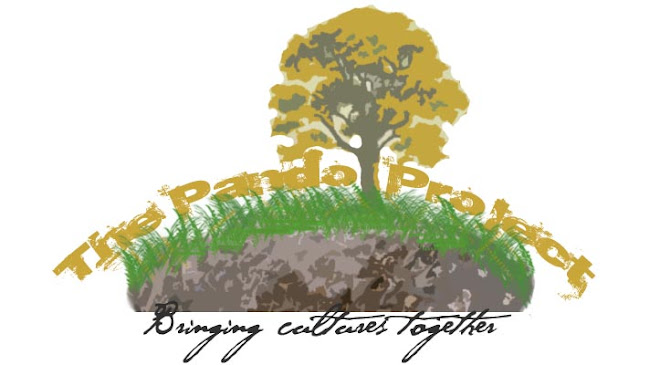located in the Bwabwata National Park, formerly called the Caprivi Game Park.
 Namibia Facts
Namibia Facts
 Namibia Facts
Namibia FactsCapital: Windhoek. The name Windhoek is of Dutch origin meaning 'corner of wind'. Windhoek is located on Namibia central high plateau region.
Size: 317,700 sq miles. Just over twice the size of California and well over three times the size of the U.K.
Population: 1.8 million. The country is very sparsely inhabited. It is the second least populated country in the world, behind Mongolia. There is 1 person for ever 2.3 square km.
Large areas of Namibia are desert. Near the coast lies the Namib Desert. This desert is the oldest in the world. It is about eighty million years old, and has the world's highest sand dunes. It is sometimes called the Living Desert due to the wide range of its fauna. In eastern Namibia is part of the Kalahari Desert. The Kalahari Desert is the ninth largest desert in the world. It comprises of parts of Namibia, Botswana and South Africa, but the greatest part of the desert is in Botswana.
Languages spoken: English 7% (official), Afrikaans common language of most of the population and about 60% of the white population, German 32%, indigenous languages 1%
Independence Day: March 21, 1990 from South Africa
Bordering countries: Angola, Botswana, South Africa, Zambia
Namibia was the first country in the world to incorporate the protection of the environment into its constitution; some 14% of the land is protected, including virtually the entire Namib Desert coastal strip.

Size: 317,700 sq miles. Just over twice the size of California and well over three times the size of the U.K.
Population: 1.8 million. The country is very sparsely inhabited. It is the second least populated country in the world, behind Mongolia. There is 1 person for ever 2.3 square km.
Large areas of Namibia are desert. Near the coast lies the Namib Desert. This desert is the oldest in the world. It is about eighty million years old, and has the world's highest sand dunes. It is sometimes called the Living Desert due to the wide range of its fauna. In eastern Namibia is part of the Kalahari Desert. The Kalahari Desert is the ninth largest desert in the world. It comprises of parts of Namibia, Botswana and South Africa, but the greatest part of the desert is in Botswana.
Languages spoken: English 7% (official), Afrikaans common language of most of the population and about 60% of the white population, German 32%, indigenous languages 1%
Independence Day: March 21, 1990 from South Africa
Bordering countries: Angola, Botswana, South Africa, Zambia
Namibia was the first country in the world to incorporate the protection of the environment into its constitution; some 14% of the land is protected, including virtually the entire Namib Desert coastal strip.



No comments:
Post a Comment